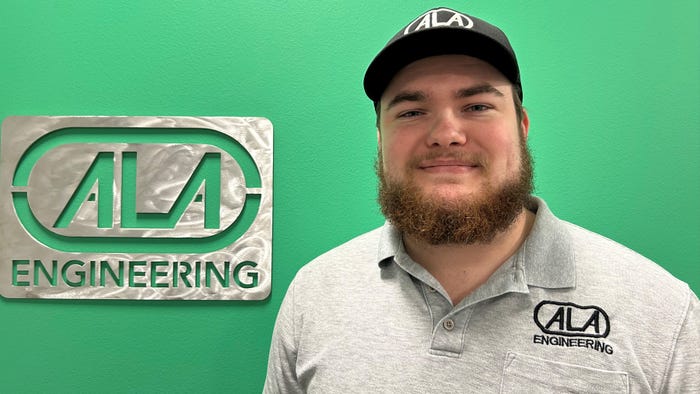“Autonomy allows the few employees running the fleet to focus on the health of the animals and making sure everything runs smoothly, rather than putting their best talent on feed trucks. ” said Jacob Hansen, co-founder of Agriculture. Leverage automation engineering.
Self-driving cars sometimes get a bad rap. But companies like ALA Engineering are trying to help producers struggling with labor shortages and free up time to focus on animal health.
ALA Engineering is in the final stages of developing a fleet of fully autonomous feed trucks to assist feed lot producers. The company is based in Scottsbluff, Nebraska and focuses on the western part of the state. But we plan to soon expand to cover all of Nebraska and other parts of the United States.
Focus on automation
Mr. Hansen recommends that producers start separating types of autonomy in the market now.
“There are a lot of differences between what the big self-driving car and robo-taxi companies on the coasts are doing and what the Midwest and agricultural technology companies are doing,” Hansen said.
Hansen explains that the big focus of agricultural autonomy is safety, reliability and efficiency. Engineers behind agricultural autonomy know that downtime and bad weather can hold producers back. The goal of this new technology is to be a reliable machine that frees up time in growers' already busy schedules.
“Feedlots are mostly static environments, with alleys, bunks and pens changing infrequently,” Hansen said. “So being able to go out to these places and map them out and set certain 'no-go zones' where vehicles are prohibited is a huge advantage for us. ”
Hansen says the system can also improve safety in certain zones where vehicles are forced to drive at low speeds. Under good conditions, autonomous sensors and cameras can clearly see the entire environment around the vehicle and make quick and safe decisions about routes around obstacles.

ALA for Producers: Jacob Hansen, co-founder of ALA Engineering, talks about how automated feed trucks can help producers. In addition to freeing up labor, the precision this technology provides allows for savings in many areas of work. (Elizabeth Hodges)
However, in less favorable conditions, such as snowstorms or sandstorms, the vehicle is not at risk. If an obstacle or obstruction is found, the vehicle will pause and wait for a human to come and remove the obstruction.
“Even with these extreme weather conditions and poor visibility, we still operate safely,” Hansen said. “Having a redundant sensor system that allows us to see different levels of resolution and detail depending on how clear the weather is is really important.”
Autonomous feeding trucks have a wide range of capabilities in addition to operating in harsh weather conditions.
These trucks reduce labor risks, increase fuel efficiency, reduce feed loss, extend equipment life, and enable more consistent ration delivery.
start small
Hansen says using this autonomous feed truck, producers can slowly start adapting their equipment. Adding an autonomous feeding truck to her fleet allows the producer to learn the system and grow from there.
“Automation may not make sense for every operator, but we do everything we can to avoid large upfront costs that prevent smaller operators from adopting our technology. ,” he added.
Although small feedlots are not yet a major customer base for this technology, ALA Engineering is focused on medium to large feedlots.
“The opportunity that comes with leasing vehicles is the ability to gradually integrate automation into existing fleets and operate a hybrid feedlot environment,” Hansen says. “Here, a human driver will drive alongside a self-driving car.”
With offices in a mixed office space on the University of Nebraska-Lincoln's Innovation Campus, ALA Engineering aims to add more expertise to its startup companies.
“There are various areas where we would like to expand our team,” Hansen says. “It’s going to be an exciting process of growth over the coming months.”
For more information about ALA Engineering's technology, please visit: Ah, engineering.

